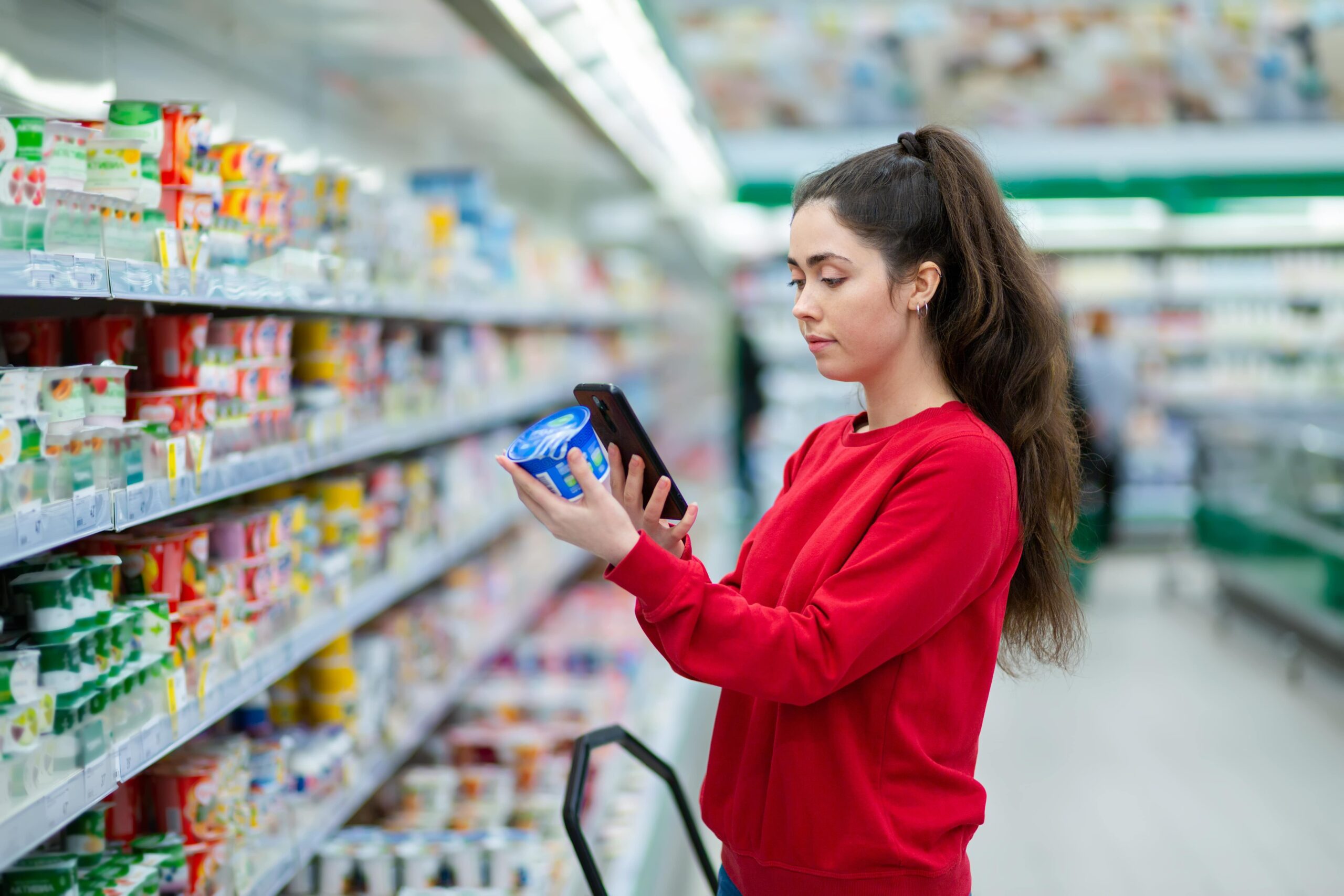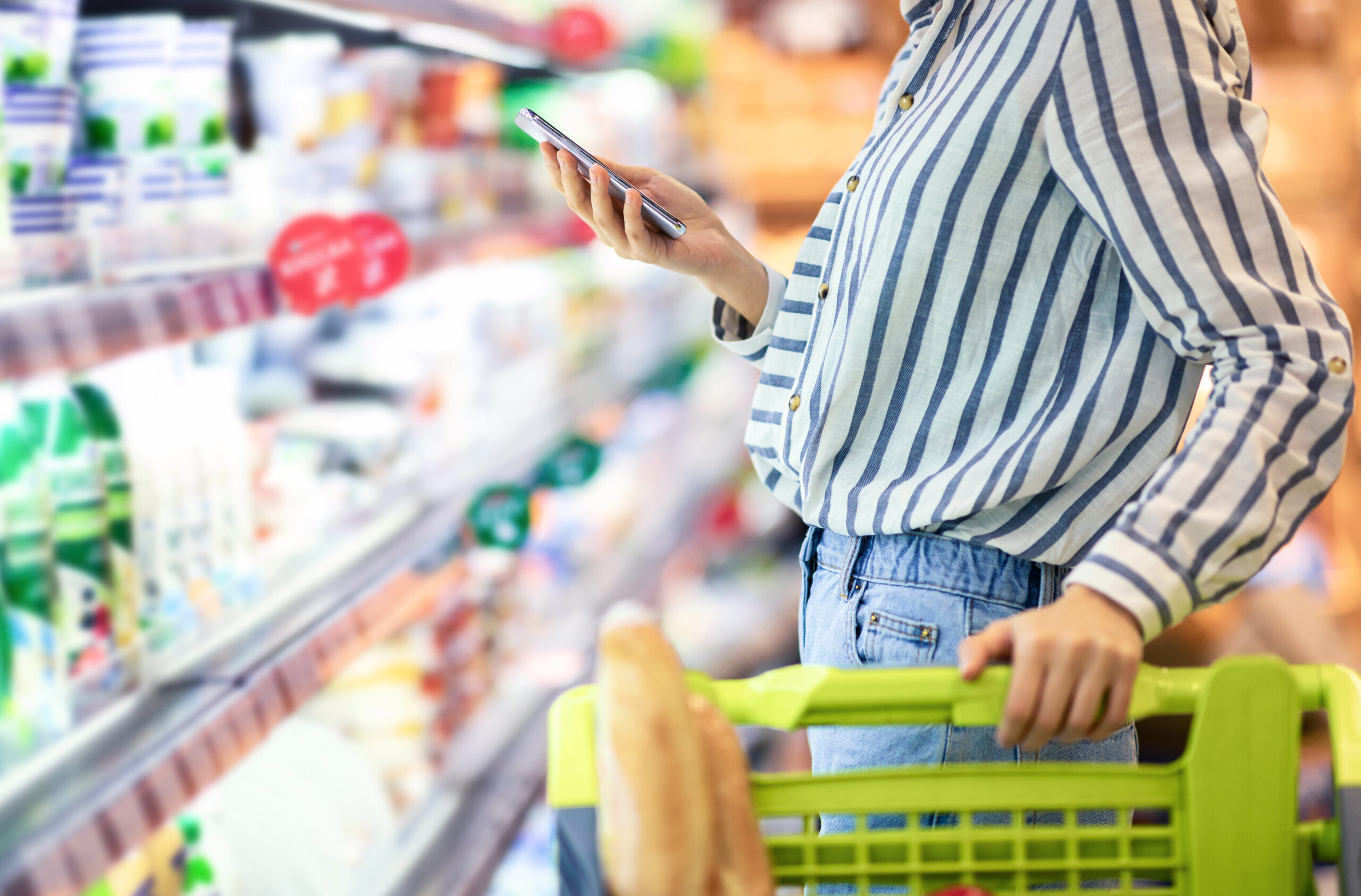Technology is transforming all aspects of retail; the way we shop, how we shop, when we shop, our preferred digital payment method (Klarna, e/wallet, PayPal) and our delivery expectations. Nowhere is competition more severe than in the grocery sector.
However, as we all come to terms with the harsh reality of Covid-19, a sector notorious for highly competitive advertising tactics is pulling together and implementing initiatives such as elderly-only and NHS staff shopping times to make sure everyone gets a chance to shop for essentials.
Supermarkets are some of the most complex and challenging retail environments at the best of times. Millions of people visit their local stores on a daily basis, generating a huge footfall which requires careful planning and management.
Normally this is to encourage spontaneous purchasing but in the current climate it’s needed to prevent basic items from flying off the shelves no sooner than they’ve been restocked.
There has been a seismic shift in the balance of power over the last 10 years, with the emergence of discount stores driving down costs and taking customer expectations to a whole new level.
Virtual supermarkets have also grown in popularity as brands like Amazon Grocery and Ocado have demonstrated. Internet shopping has reached an all-time high. However, as a result of the current crisis supermarkets are operating at full capacity and most are unable to sign up new online customers.
Payment expectations are also changing as consumers embrace the convenience of mobile wallets. Indeed, it’s not beyond the realms of possibility that regular supermarkets become cashier-less entities in the not too distant future as all transactions are completed via smart shopping apps.
Some supermarkets have already piloted this concept. Success has been somewhat limited so far, but if the notion of a cashless supermarket were to go mainstream, associated operational and resource savings would be enormous. The industry, however, would be transformed beyond all recognition.
Embracing digitization
An easy way to keep shelves replenished and to safeguard more vulnerable shoppers from leaving the supermarket empty-handed is through the provision of a strong mobile signal throughout the store.
Not only does this allow customers to take advantage of online promotions and discount vouchers, it enables interactivity with third-party services such as digital signage or touchscreen store guides.
These different technologies can also be used to guide shoppers along the aisles in an orderly manner, keeping them informed on stock availability or maximum allowances for high-demand items, to try and discourage bulk-buying.
Reliable 4G coverage is also central to facilitating self-service stocking, such as the replenishment of vending machines or other dispensary cabinets, for example.
Not only does this save on time and resource, it avoids the need for specialist cleaning because no surfaces have been touched. In-store mobile coverage is no longer a nice to have, it plays a fundamental role in the day-to-day running of all supermarkets.
Don’t forget behind the scenes
Ubiquitous 4G coverage is even more important in stockrooms and distribution centres. Amidst our lockdown, demand for many everyday items has never been greater and reliable communications is central to keeping up with this sudden surge.
The use of robots and drones in larger facilities is also on the increase and these automated supply chains are reliant on uninterrupted 4G signal to run smoothly.
Most importantly, ubiquitous mobile coverage is a basic health and safety requirement, yet many stores are reluctant to invest in communications systems for many of their warehouses and stock rooms because of their sheer magnitude and perceived high costs involved.
Supermarket facades are not mobile signal-friendly
Providing reliable mobile coverage inside supermarkets and warehouses, whose structures are made from reinforced concrete and metal cladding and whose interiors are filled with glass and metal shelving, is no mean feat.
Although many supermarkets have futuristic appearances, they are in the dark ages when it comes to facilitating indoor mobile coverage because the building materials used prevent mobile phone signals from passing through them.
Providing 4G coverage is easier than you think
Large supermarkets have already invested in expensive cabling and networking infrastructures for PoS, tracking and stock taking applications. With shrinking profit margins, “rip and replace” tactics to enable seamless mobile coverage are not always feasible. Implementing supplementary technologies like mobile signal boosters hasn’t always been plain sailing either because, until recently, their deployment was illegal.
Fortunately, this is no longer the case. Thanks to a relaxation in the mobile repeater laws by Ofcom, supermarket managers/owners can quickly and easily improve their 4G signal strength using off-the-shelf equipment.
The only limiting factor is that said equipment must satisfy Ofcom’s mobile repeater licence exemption spec and not many do. CEL-FI by Nextivity is one option that does tick all the regulatory boxes and is legal to use on all 3G and 4G networks.
As the current health pandemic tightens its grip, supermarketeers are finding themselves on the front-line, along with other essential services, as they do their bit to feed the nation.
Providing reliable mobile coverage both in-store and behind the scenes will go a long way towards overcoming current supply chain challenges. It could even help this historically competitive sector buck the downward trend faced by the wider retail industry.
About the author
Colin Abrey is Vice President, Channel Sales for the EMEA region at Nextivity.
He has spent more than 30 years in wireless and international telecoms industries and held senior positions with several leading companies operating in this space, including Anixter, Zinwave, Cambridge Broadband Networks and Global Network solutions (a division of L-3 Communications).
He has deployed many large-scale in-building projects, including airports, convention centres, hospitals, malls, commercial buildings, sports stadia and hotels.
A version of this article was originally published by Retail Technology Innovation Hub



